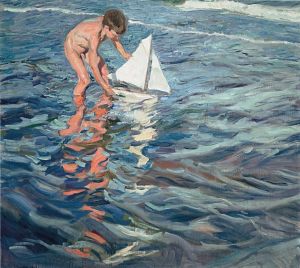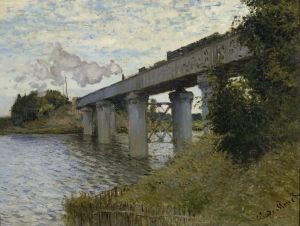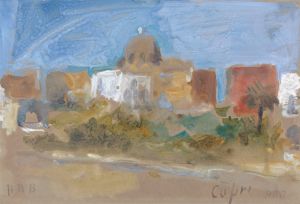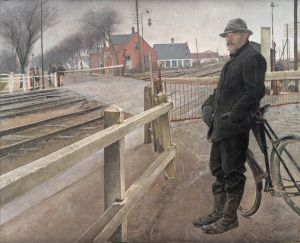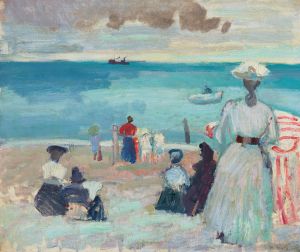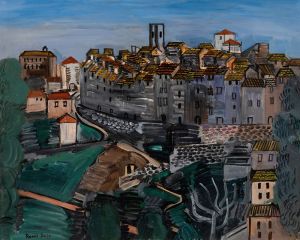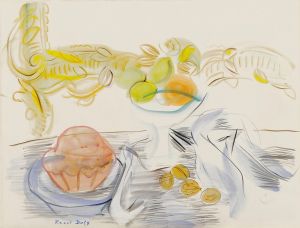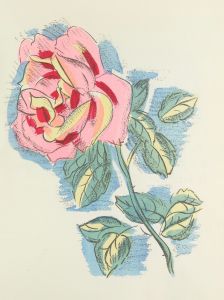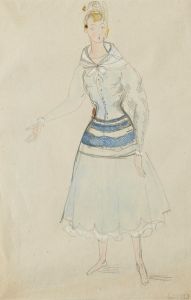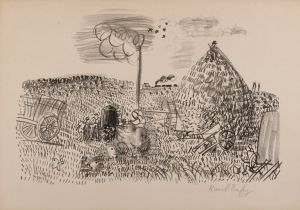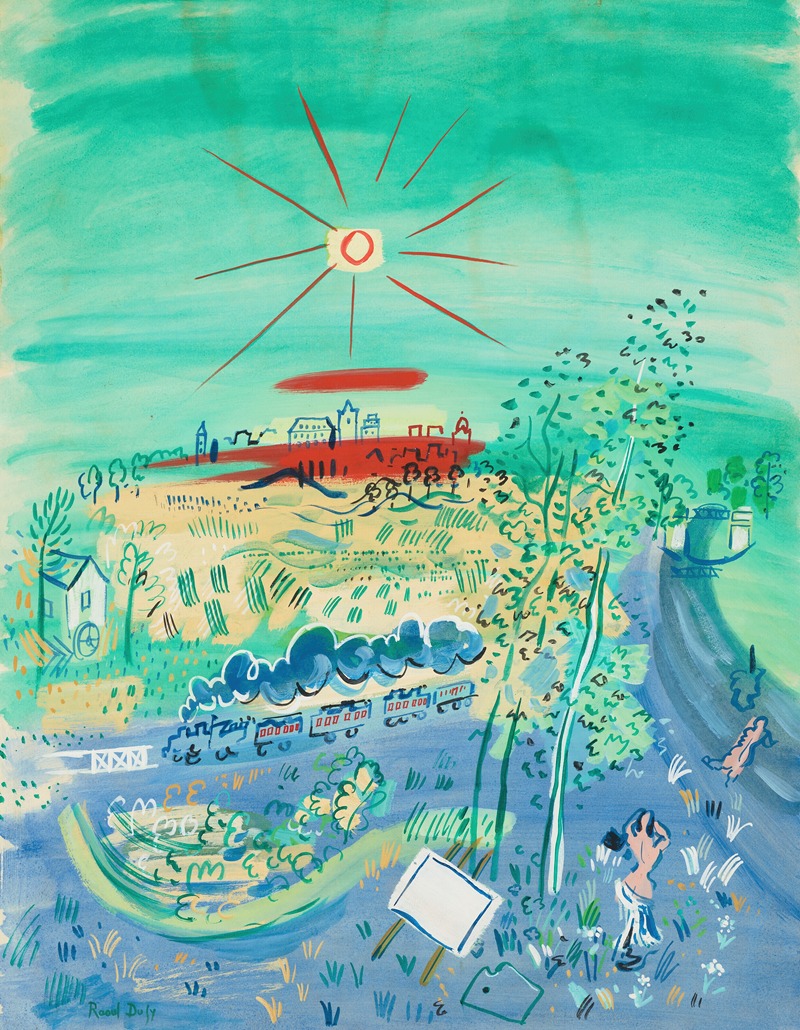
Le train bleu
A hand-painted replica of Raoul Dufy’s masterpiece Le train bleu, meticulously crafted by professional artists to capture the true essence of the original. Each piece is created with museum-quality canvas and rare mineral pigments, carefully painted by experienced artists with delicate brushstrokes and rich, layered colors to perfectly recreate the texture of the original artwork. Unlike machine-printed reproductions, this hand-painted version brings the painting to life, infused with the artist’s emotions and skill in every stroke. Whether for personal collection or home decoration, it instantly elevates the artistic atmosphere of any space.
Raoul Dufy's Le Train Bleu is a notable example of the artist's vibrant and decorative style, which blends elements of Fauvism and modernism. The painting was created in 1924 as part of a commission for the French luxury fashion house, the House of Worth, and was intended to serve as a backdrop for the ballet Le Train Bleu. This ballet, produced by Sergei Diaghilev's Ballets Russes, premiered in Paris in 1924 and featured a score by Darius Milhaud, a libretto by Jean Cocteau, and costumes designed by Coco Chanel.
Dufy's work for Le Train Bleu was not a traditional painting but a large-scale curtain, also known as a stage drop. The curtain depicted a lively and colorful seaside scene, capturing the spirit of leisure and modernity associated with the French Riviera during the 1920s. The title Le Train Bleu refers to the famous luxury train that transported wealthy passengers from Paris to the Côte d'Azur, a popular destination for the elite during this period.
The curtain's design showcases Dufy's characteristic use of bold colors, fluid lines, and a sense of movement, which evoke the carefree and glamorous atmosphere of the era. The imagery includes elements such as beachgoers, sailboats, and sunlit landscapes, all rendered in Dufy's signature style that combines spontaneity with a decorative sensibility.
The original curtain for Le Train Bleu is significant not only as a work of art but also as a historical artifact that reflects the collaboration between visual artists, composers, writers, and designers in the early 20th century. This interdisciplinary approach was a hallmark of the Ballets Russes, which sought to push the boundaries of traditional ballet by integrating contemporary art and culture.
Today, Raoul Dufy is celebrated for his contributions to modern art, particularly his ability to capture the joy and vibrancy of life through his work. While the original curtain for Le Train Bleu is no longer in use, its legacy endures as a testament to the creative synergy of the 1920s and the enduring appeal of Dufy's artistic vision.





